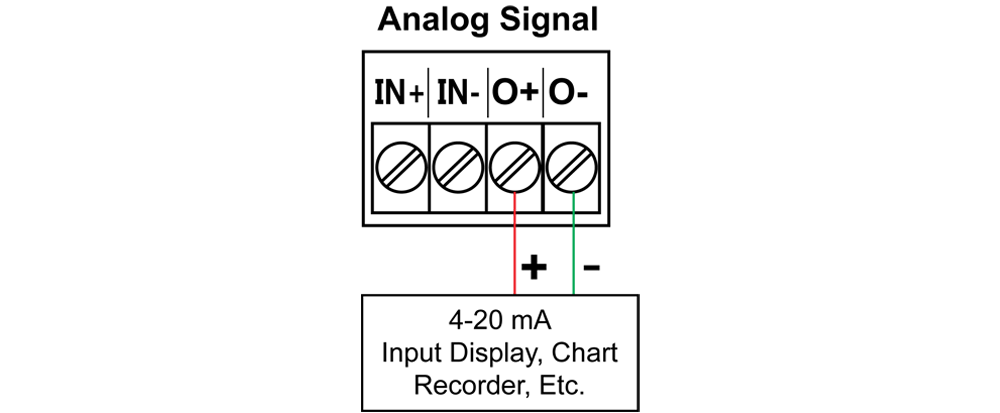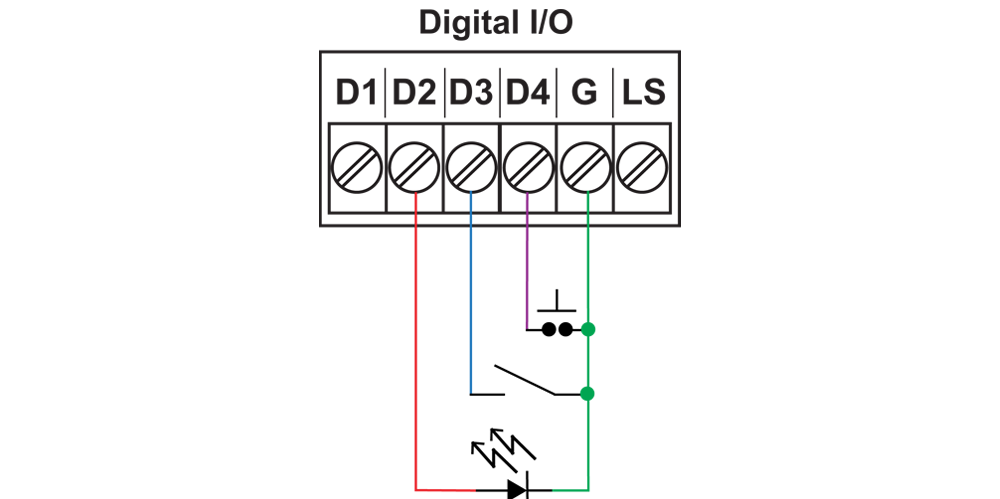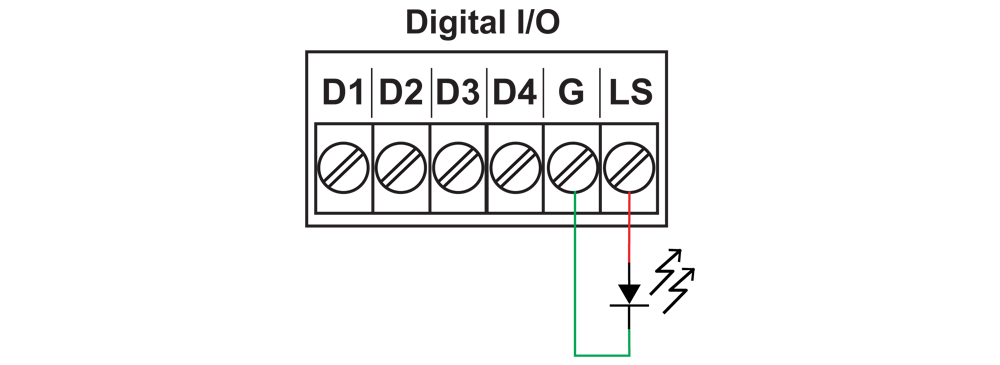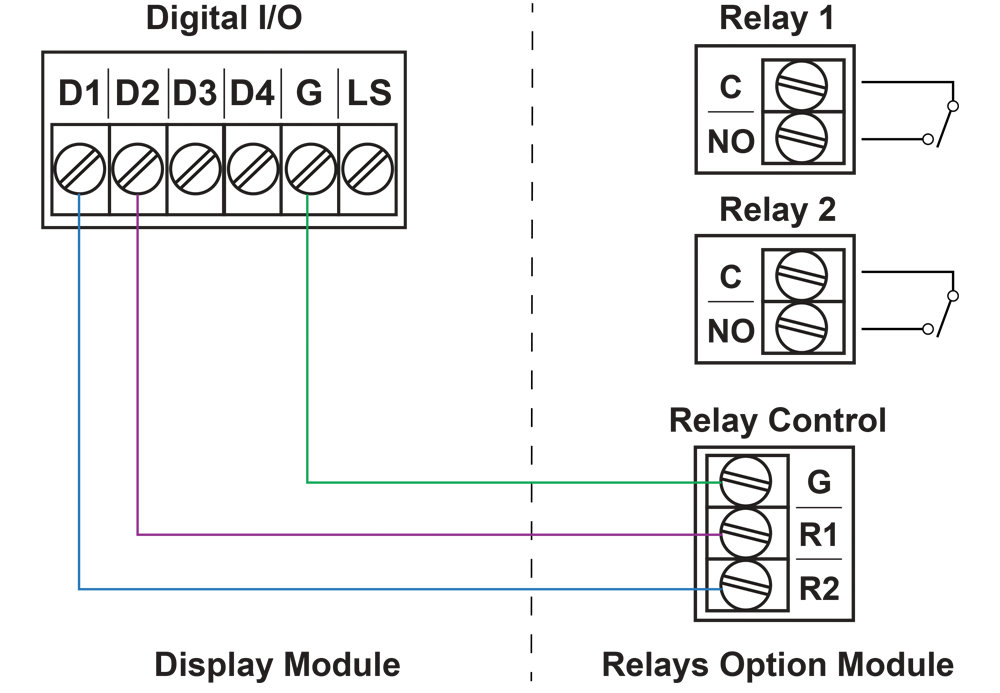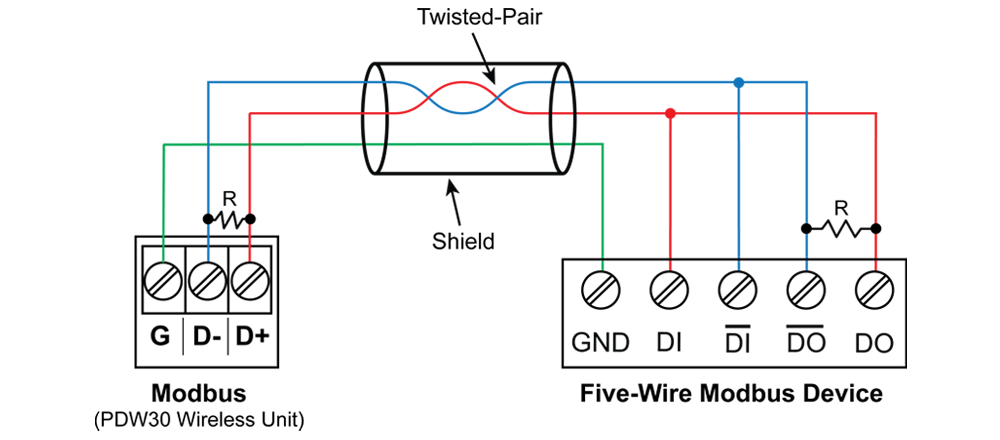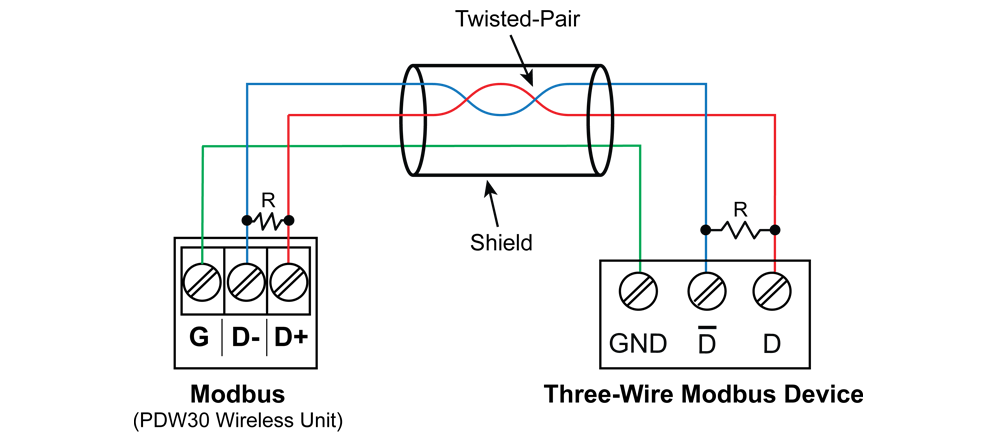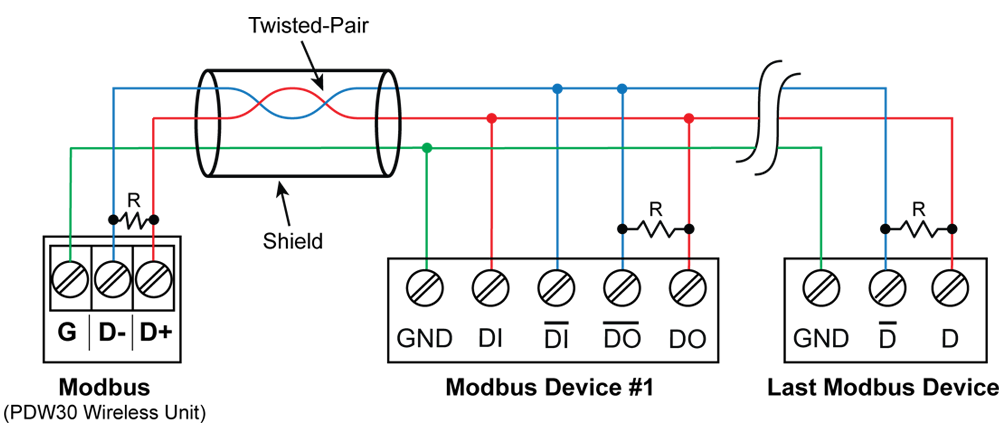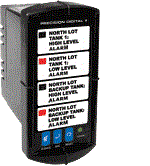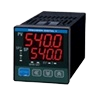Features
- Signal Wire Replacement Bridge Consisting of a Matched Pair of Wireless Field Units
- Virtually Plug and Play Right out of Box
- Range: 1 Mile Line-of-Sight Outdoor, 500 Feet Indoor; Repeaters Available to Extend Range
- Wireless Transmission Between Primary and Secondary Unit of
◦ 4-20 mA (Separate Signals Going Both Ways)
◦ Discrete (4 digital I/O Signals Going Both Ways)
◦ RS-485 Modbus - Inputs: (Wired to Units) 4-20 mA or 0-10 V (1), Discrete/Digital (up to 4), Modbus
- Outputs: (Wired to Units) 4-20 mA (1), Discrete/Digital (up to 4), Relays (2, optional), Modbus
- Loss of Signal (LoS) Digital Output
- PDA10 Signal Strength Survey Tool to "Try Before You Buy"
- Field Installable Relay Module with Two Form A (SPST) 5A Relays (Available for Both Units)
- Simple to Configure Using PDW Manager Programming Software and On-Board USB
- Backlit Display Provides Helpful Input & Output Information
- CapTouch Through-Glass Button Programming for Non-Advanced Settings
- Device Communication Secured by Enabling 128-bit AES Encryption
- Password Protection
- Remote Yagi Directional Antennas Available
- IP68, NEMA 4X Aluminum & Stainless Steel Enclosures With Plenty of Room for Field Wiring
- Operating Temperature Range: -55 to 75°C (-67 to 167°F)
- Conformal Coated PCBs for Dust & Humidity Protection
- Flange for Wall or Pipe Mounting; Loop for Stainless Steel Tag; Holes for Tamper-Proof Seal
- Conformal Coated PCBs for Dust & Humidity Protection
- 9-30 VDC Power
- 3-Year Warranty
Overview
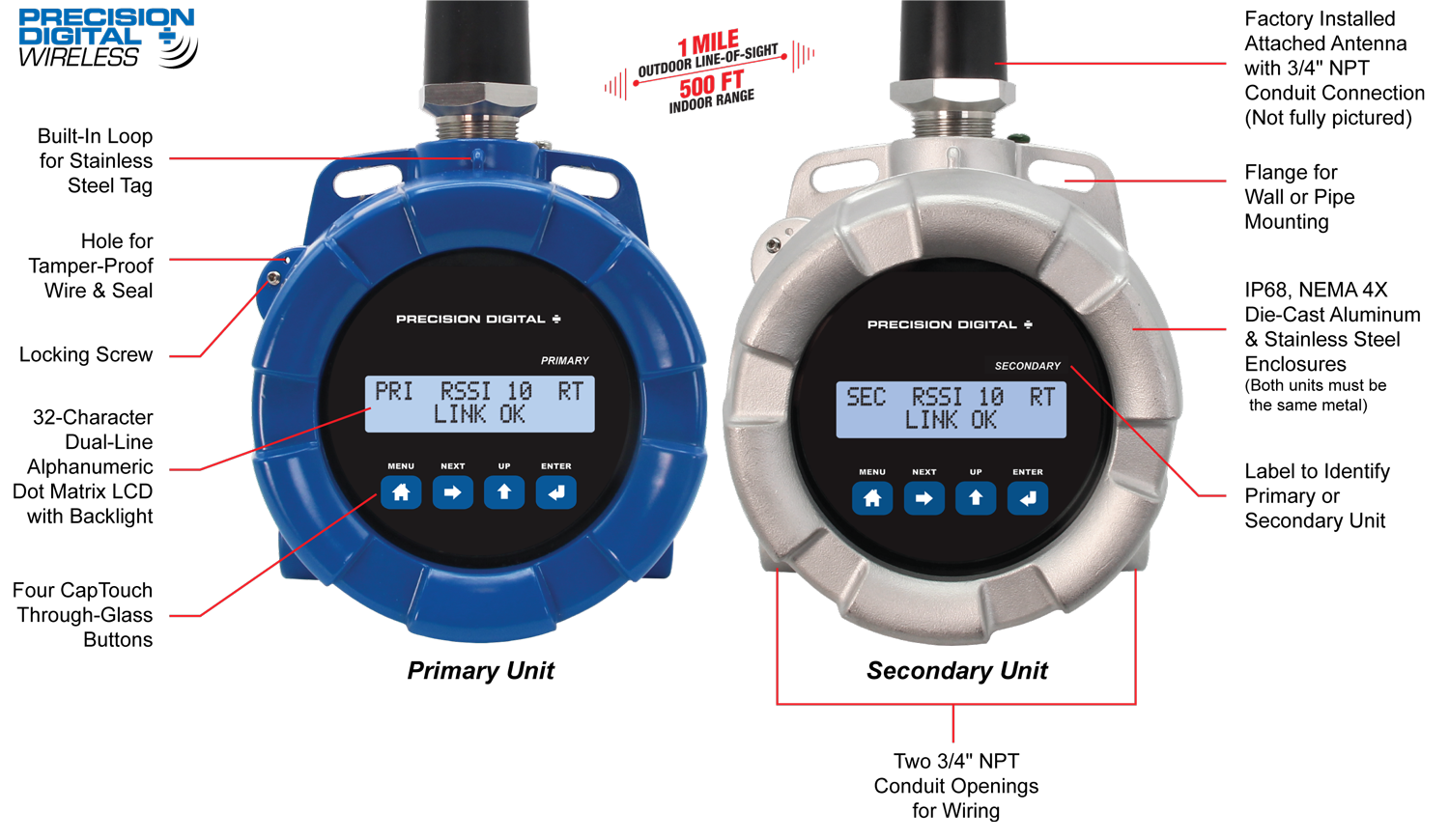
Connections
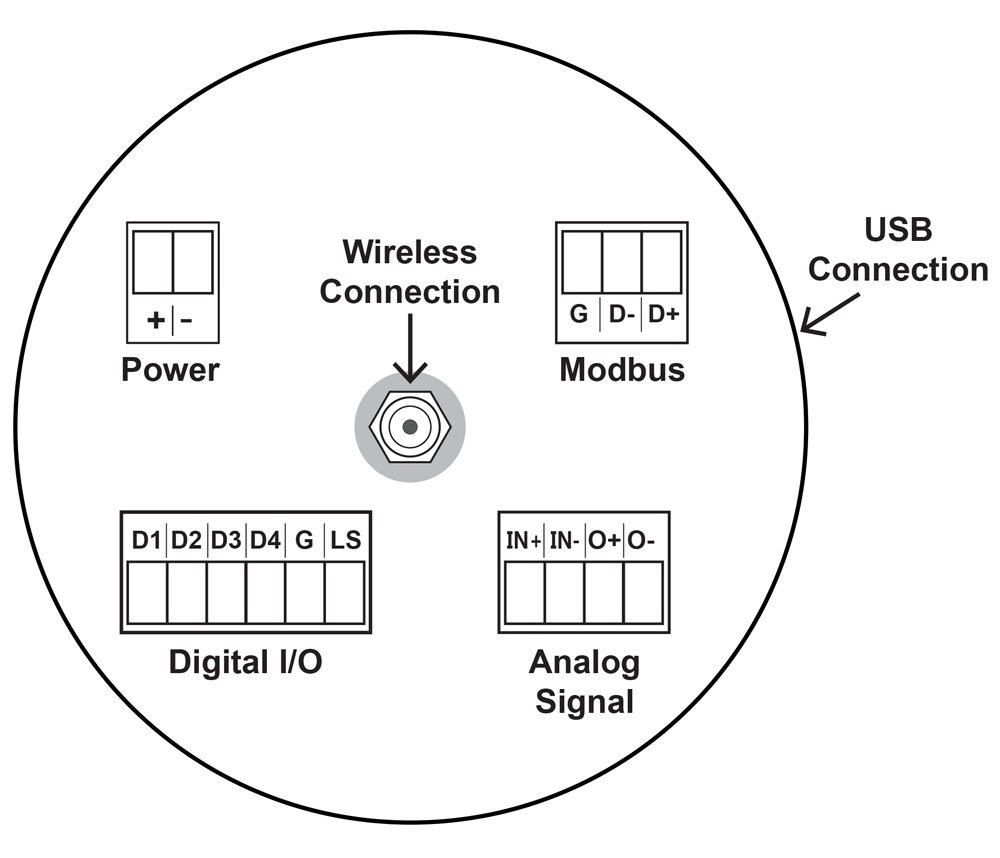
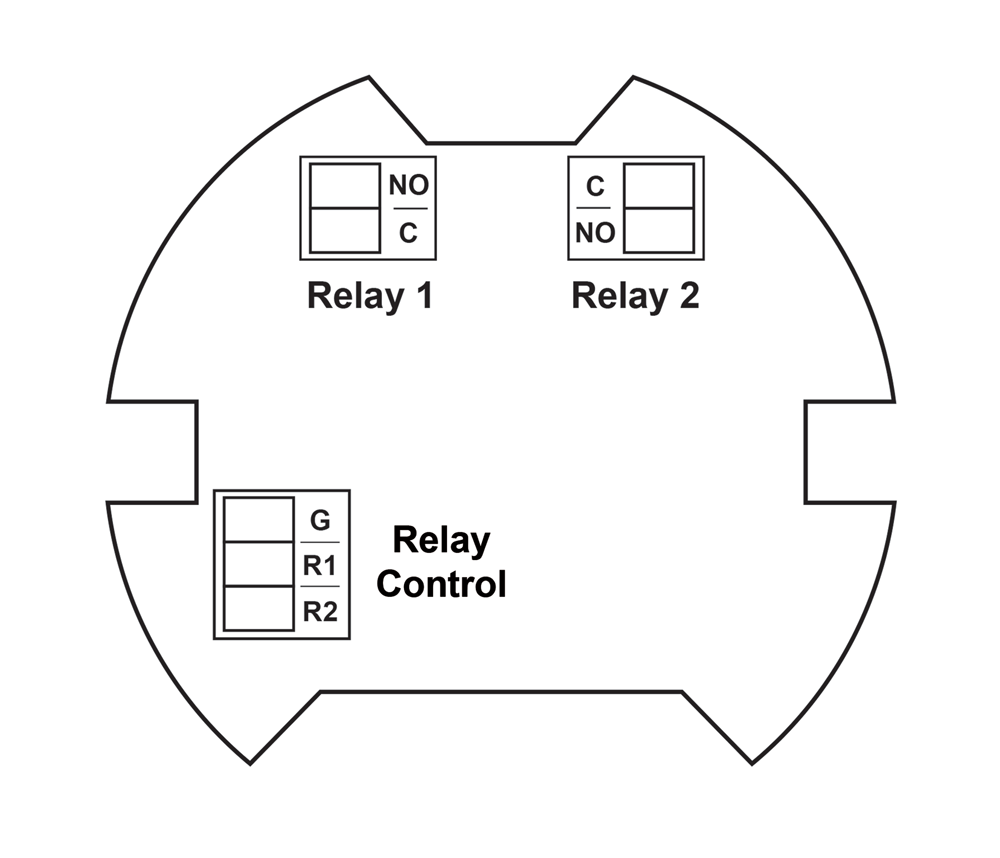
Signal Wire Replacement Bridge for Industrial Wireless Applications
The Precision Digital PDW30 provides a simple, straightforward way to get an analog, discrete (digital) or Modbus signal from where you have it to where you need it – without having to run wires! It’s a point-to-point wireless bridge that is virtually plug and play right out of the box.
The PDW30 consists of a primary and a secondary unit and communication between the two is by-directional. That means you can send 4-20 mA, discrete and Modbus signals from the primary unit to the secondary unit and also send completely different 4-20 mA, discrete and Modbus signals from the secondary unit to the primary unit. For instance, the primary unit could send a 4-20 mA signal to the secondary unit corresponding to the level in a tank and the secondary unit could send a 4-20 mA signal to the primary unit to control a valve.
Primary and secondary units are also equipped with four digital I/O that can each be independently programmed as an input or an output. A Loss of Signal warning is also available by connecting devices to the G and LS screw terminals.
To indicate alarm situations, both units can be equipped with an optional, field installable, two relay module. These relays are rated Form A (SPST) 5A.
The specified range between the primary and secondary unit is 1 mile line-of-sight outdoor and 500 feet indoor and repeaters are available to extend the range. A low-cost wireless survey tool, Model PDA10, is available to test the signal strength of your application before you buy. And if the PDW30 system does not work in your application, you can return it for full credit!
The PDW30 is available in either aluminum or stainless steel NEMA 4X, IP68 enclosures and these enclosures contain plenty of room for field wiring connections.
Most applications require minimal programming and can be operational in minutes. However, free programming software is available and if touch ups are needed after installation, the instrument can be programmed without removing the cover using CapTouch buttons.
A wide range of accessories, including mounting kits, antenna-related accessories, and repeaters are available. The antenna comes attached to the unit and can also be remotely located. High gain directional antennas are also offered.
Key Features
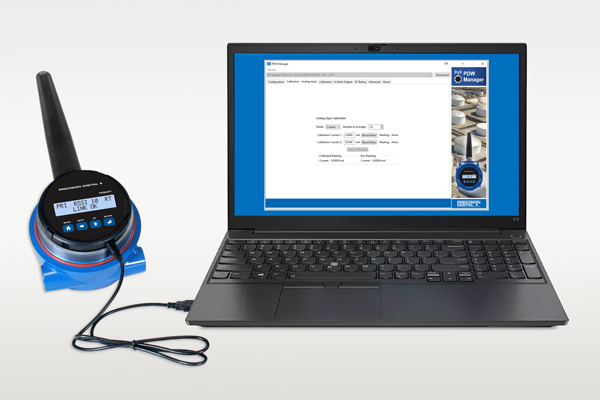
PDW Manager PC Programming Software
PDW Manager PC Software allows for programming the PDW30 wireless primary units and secondary units from a PC with a USB connection. The units connect to a PC via the USB connection on the side of the display module behind the cover of the enclosure.
Use of PDW Manager is required for programming advanced settings such as wireless encryption and analog signal calibration. PDW Manager is available for download at www.predig.com/pdwmanager.
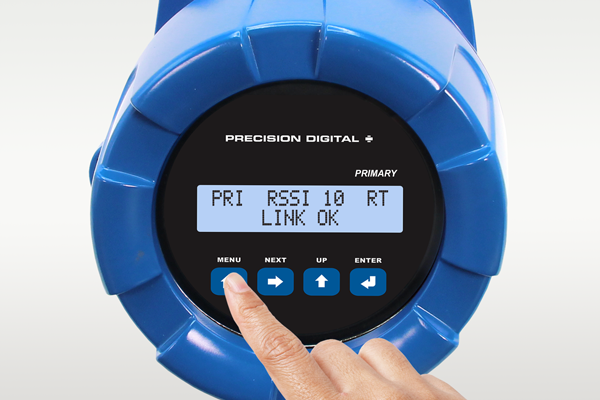
CapTouch Through-Glass Buttons
The PDW30 primary and secondary units are equipped with four capacitive sensors that operate as through-glass buttons so that they can be operated without removing the cover (and exposing the electronics) in an unclean area.
CapTouch buttons are designed to work under any lighting condition and are not affected by random changes in light or shadows. To protect against false triggering a long button press of about 2 seconds is required to wake up the buttons when they have not been in use.
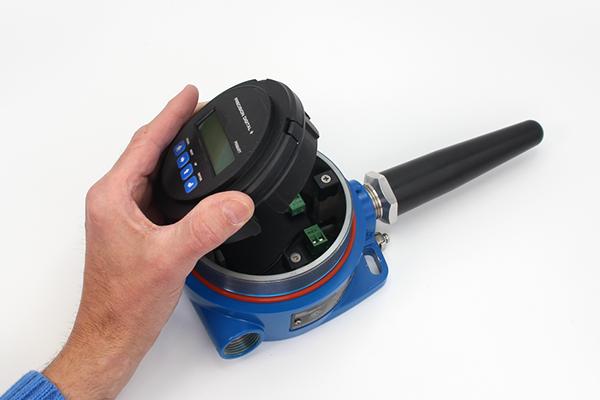
Easy-To-Install Display Module
The display module designed specifically for the PDW30 wireless units is easy to remove making it convenient for wiring the unit. The display module is completely enclosed for added protection when wiring and handling.
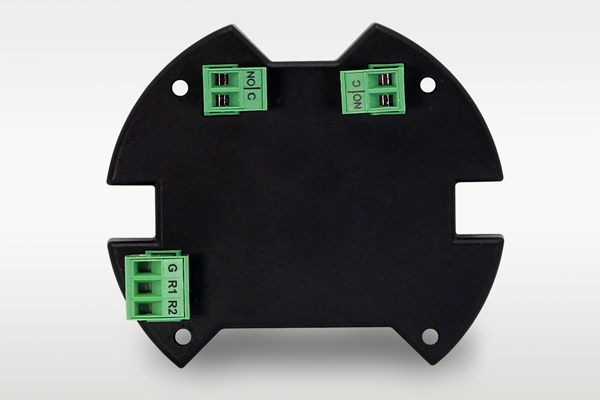
Relays Option Module
The PDW30 primary and secondary units are available with a relays option module that includes two Form A (SPST) relays. The module is easily installed by the user into the base of the enclosure with the four screws provided. The removable connector plugs makes wiring easy.
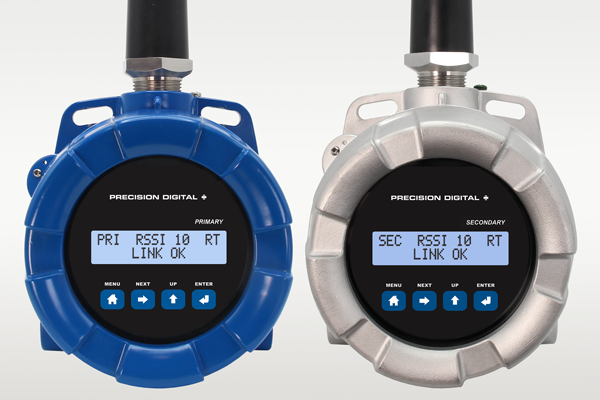
PDW30 Units Available in Aluminum or Stainless Steel
The PDW30 primary and secondary units are available in an IP68, NEMA 4X aluminum or stainless steel enclosure. The enclosures feature a built-in flange for wall or pipe mounting, built-in loop for a stainless steel tag, locking screw, and hole for a tamper-proof wire & seal. The enclosure also includes two 3/4" threaded conduit openings for wiring. The PDW30 units can operate in temperatures of -55 to 75°C (-67 to 167°F).
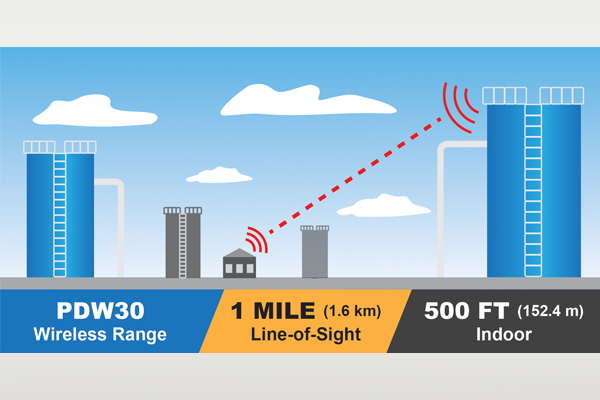
Wireless Solutions in Complex Areas
The PDW30 has a range of 500 ft. indoors and an outside line-of-sight range of 1 mile. Any wireless network can be negatively affected by certain factors, such as physical obstacles and improper equipment placement. Precision Digital sells several solutions for tricky wireless installations, such as remote antennas and repeater field units. Our PDA10 wireless survey kit allows for testing of the wireless signal strength prior to installation so that you know your wireless units will connect the first time.
Applications
Wireless Tank Level Monitoring
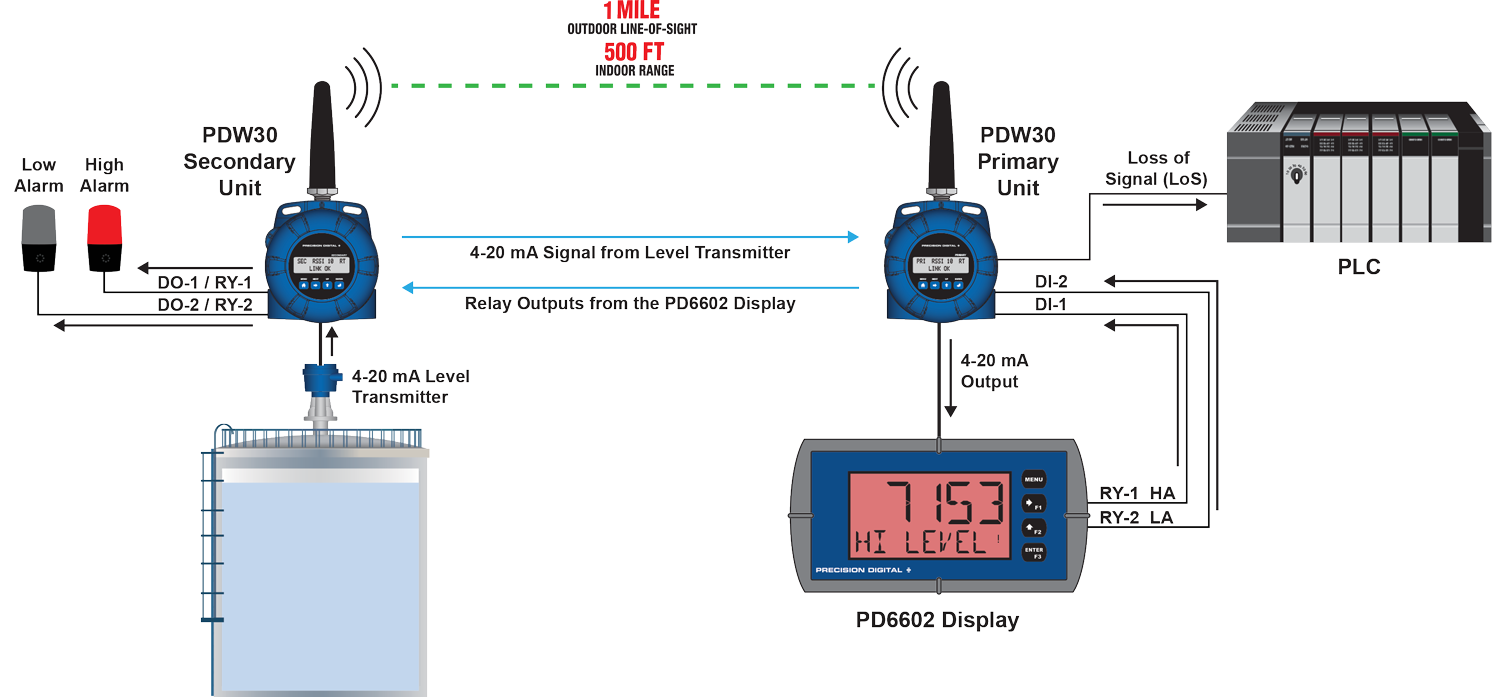
Note: Power requirements / connections not shown in diagram. Consult manuals for details.
- The 4-20 mA level transmitter is connected to the analog input of the secondary unit.
- The mA signal is transmitted to the primary unit.
- The primary unit's analog output is connected to a PD6602 loop-powered meter, which displays the 4-20 mA signal as volume in gallons.
- The PD6602 is programmed to indicate an alarm condition when the level exceeds 7000 gallons as displayed on the meter.
- Relay 1 on the meter connects to digital input 1 of the primary unit.
- The low and high alarm light / horn in the field are driven as follows:
◦ Relay 1 (RY-1) in the PD6602 display is connected to digital input 1 (DI-1) on the primary unit. This signal is wirelessly transmitted to the secondary unit. (On the secondary unit) digital output 1 (DO-1) controls relay 1 (RY-1), which turns on the high alarm light / horn, warning the operator.
◦ Relay 2 (RY-2) in the PD6602 display is connected to digital input 2 (DI-2) on the primary unit. This signal is wirelessly transmitted to the secondary unit. (On the secondary unit) digital output 2 (DO-2) controls relay 2 (RY-2), which turns on the low alarm light / horn, warning the operator.
Parts Needed for This System:
PDW30
| Model Number | Qty | Description |
|---|---|---|
| PDW30-GP-AL-PAIR | 1 | PDW30 Point-to-Point Wireless Bridge (Primary and Secondary Units), Aluminum Enclosure |
| PDWM-2RY | 1 | Relays Option Module, Two Form A (SPST) |
Other Parts
| Model Number | Qty | Description |
|---|---|---|
| PDA-LHR | 2 | Red Light / Horn |
| PD6602-L2N | 1 | 1/8 DIN Loop-Powered Digital Panel Meter with Two Relays |
Wireless Tank Level Monitoring of Level Switches
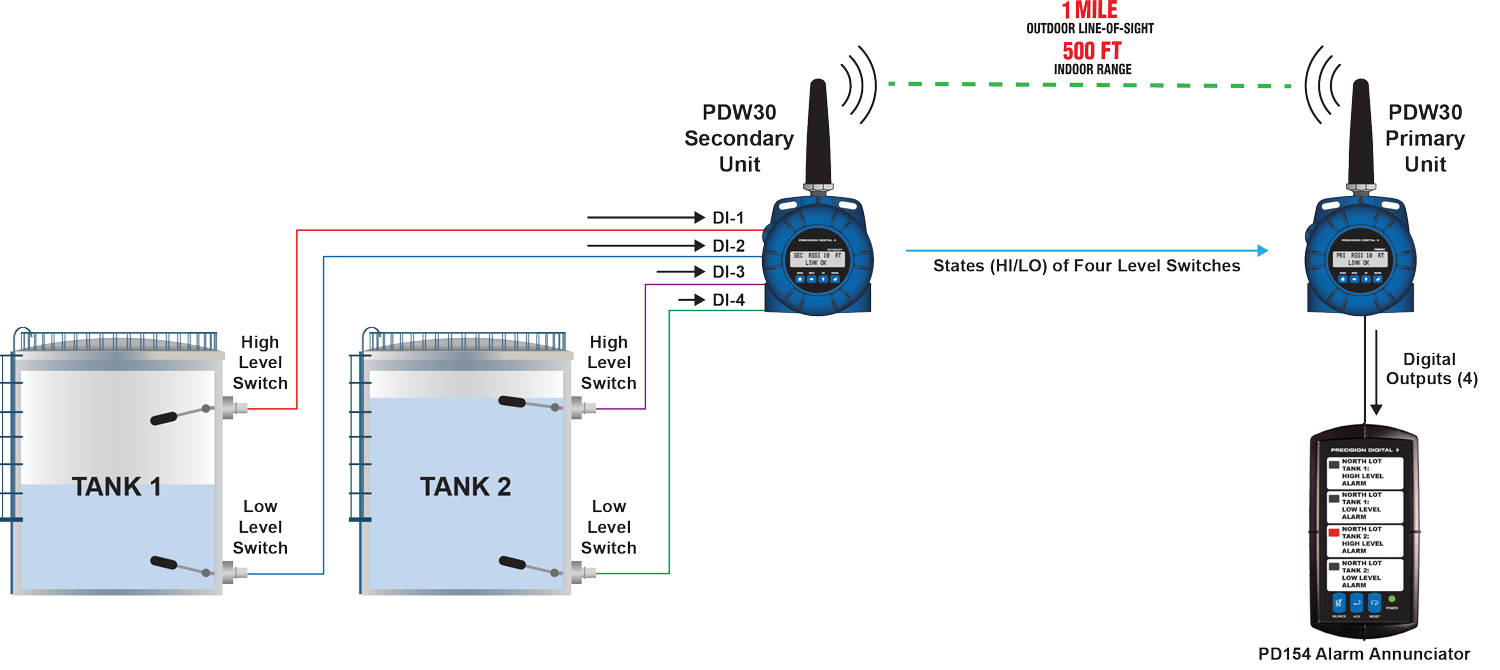
Note: Power requirements / connections not shown in diagram. Consult manuals for details.
- The switch contacts from the two level switches in each tank are connected to the digital inputs on the secondary unit.
- The states of the switch contacts are wirelessly transmitted to the primary unit.
- The digital outputs from the primary unit are connected to a PD154 Vigilante II 4-point annunciator.
Parts Needed for This System:
PDW30
| Model Number | Qty | Description |
|---|---|---|
| PDW30-GP-AL-PAIR | 1 | PDW30 Point-to-Point Wireless Bridge (Primary and Secondary Units), Aluminum Enclosure |
Other Parts
| Model Number | Qty | Description |
|---|---|---|
| PD154-6R2-1 | 1 | 1/8 DIN 4-Input Alarm Annunciator |
Wireless Remote Valve Control
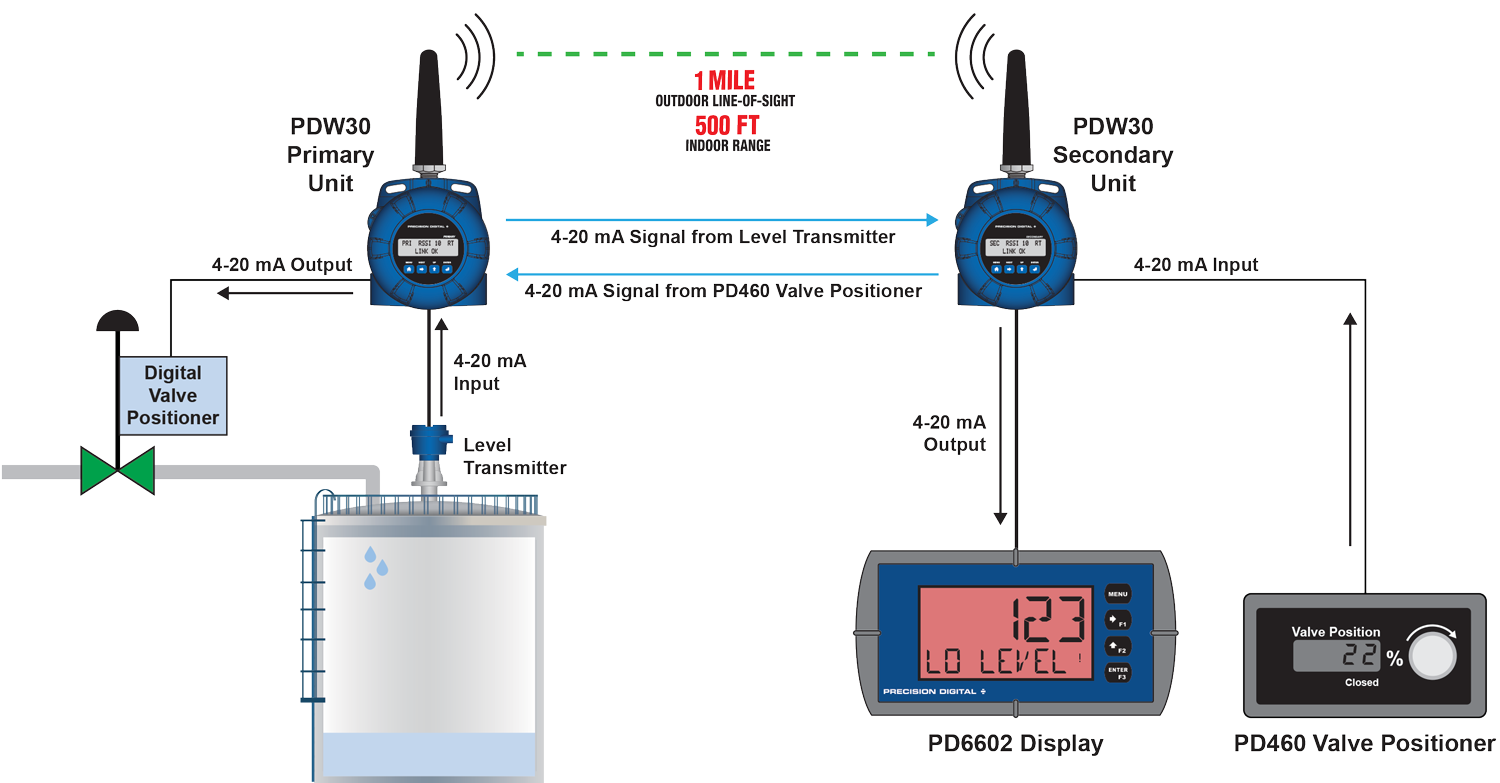
Note: Power requirements / connections not shown in diagram. Consult manuals for details.
- The level transmitter’s 4-20 mA signal is connected to the primary unit's analog input.
- The PDW30 primary unit then wirelessly transmits the level signal to the secondary unit located in the control room, where the secondary unit’s 4-20 mA output duplicates the signal.
- The secondary unit’s 4-20 mA output is connected to a PD6602 that displays the level and operates a high and low alarm. In this example, the meter is indicating a low alarm.
- The operator uses a PD460 valve positioner to send a mA signal to the secondary unit's analog input.
- That valve position signal is wirelessly transmitted to the primary unit located in the field at the tank, where the primary unit's 4-20 mA output duplicates the signal.
- The primary unit’s 4-20 mA output is connected to a digital valve positioner. The valve is opened, and the tank starts to fill again.
- The operator monitors the level rising on the PD6602 and uses the PD460 valve positioner to close the valve when the tank reaches the desired level.
Parts Needed for This System:
PDW30
| Model Number | Qty | Description |
|---|---|---|
| PDW30-GP-AL-PAIR | 1 | PDW30 Point-to-Point Wireless Bridge (Primary and Secondary Units), Aluminum Enclosure |
Other Parts
| Model Number | Qty | Description |
|---|---|---|
| PDA-LHR | 2 | Red Light / Horn |
| PD6602-L2N | 1 | 1/8 DIN Loop-Powered Digital Panel Meter with Two Relays |
| PD460 | 1 | Panel Mount 4-20 mA Valve Positioner |
Wireless Transmission of Modbus Inputs and Outputs
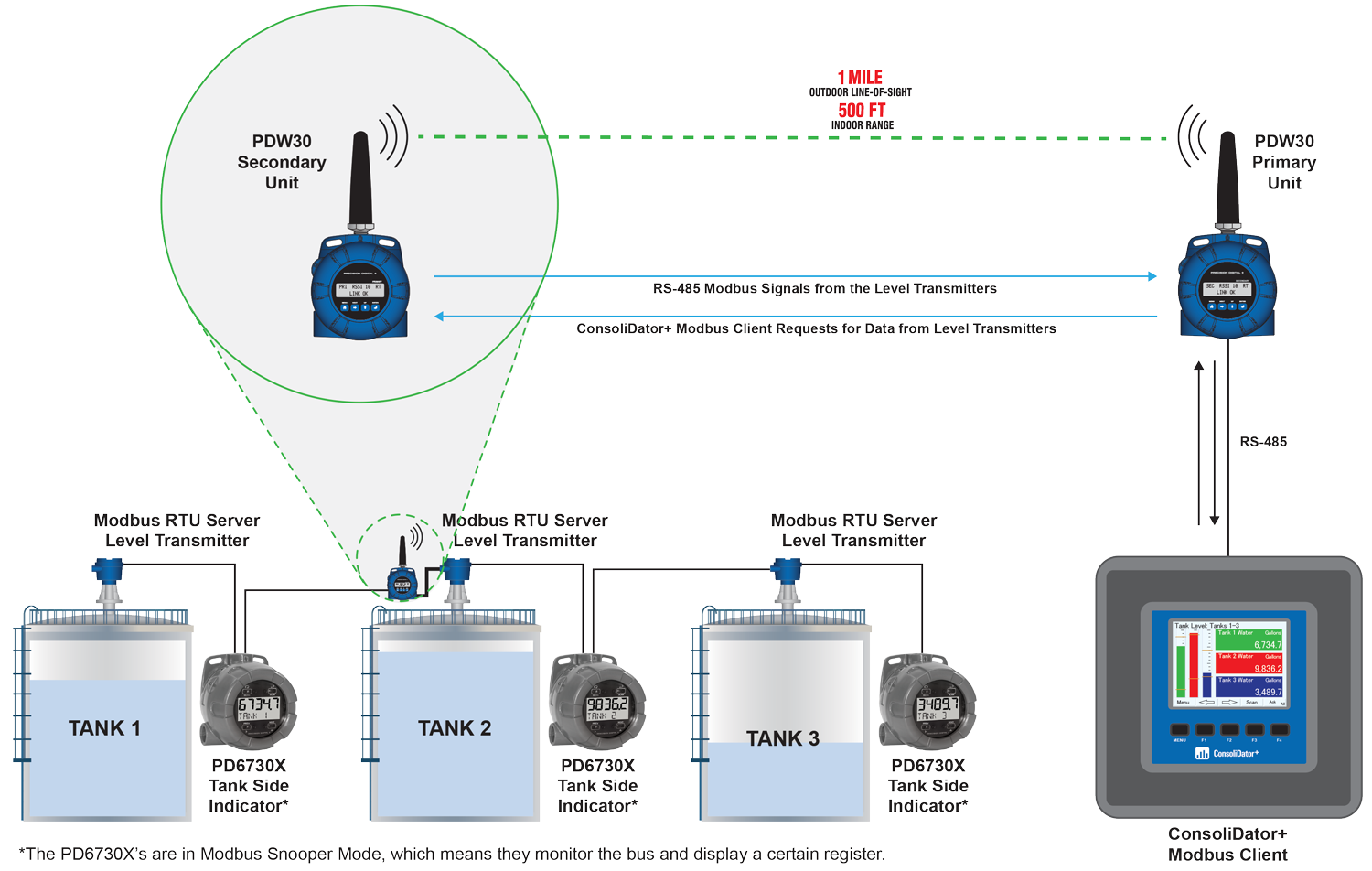
Note: Power requirements / connections not shown in diagram. Consult manuals for details.
- Tank level is measured by Modbus enabled level transmitters.
- The ConsoliDator+ Modbus client is connected to the primary unit and sends requests to the level transmitters.
- The ConsoliDator+ processes the data and displays it in engineering units.
- The PD6730X Modbus scanners provide tank side indication of level, temperature, interface and other Modbus variables.

• The Modbus Client must be connected to the primary RS-485.
Parts Needed for This System:
PDW30
| Model Number | Qty | Description |
|---|---|---|
| PDW30-GP-AL-PAIR | 1 | PDW30 Point-to-Point Wireless Bridge (Primary and Secondary Units), Aluminum Enclosure |
Other Parts
| Model Number | Qty | Description |
|---|---|---|
| PDA-LHR | 4 | Red Light / Horn |
| PD6730-AX0-I-2 | 3 | General Purpose Modbus Scanner for Tank Side Level Indication |
Extending Signal Range with PDWR Repeaters
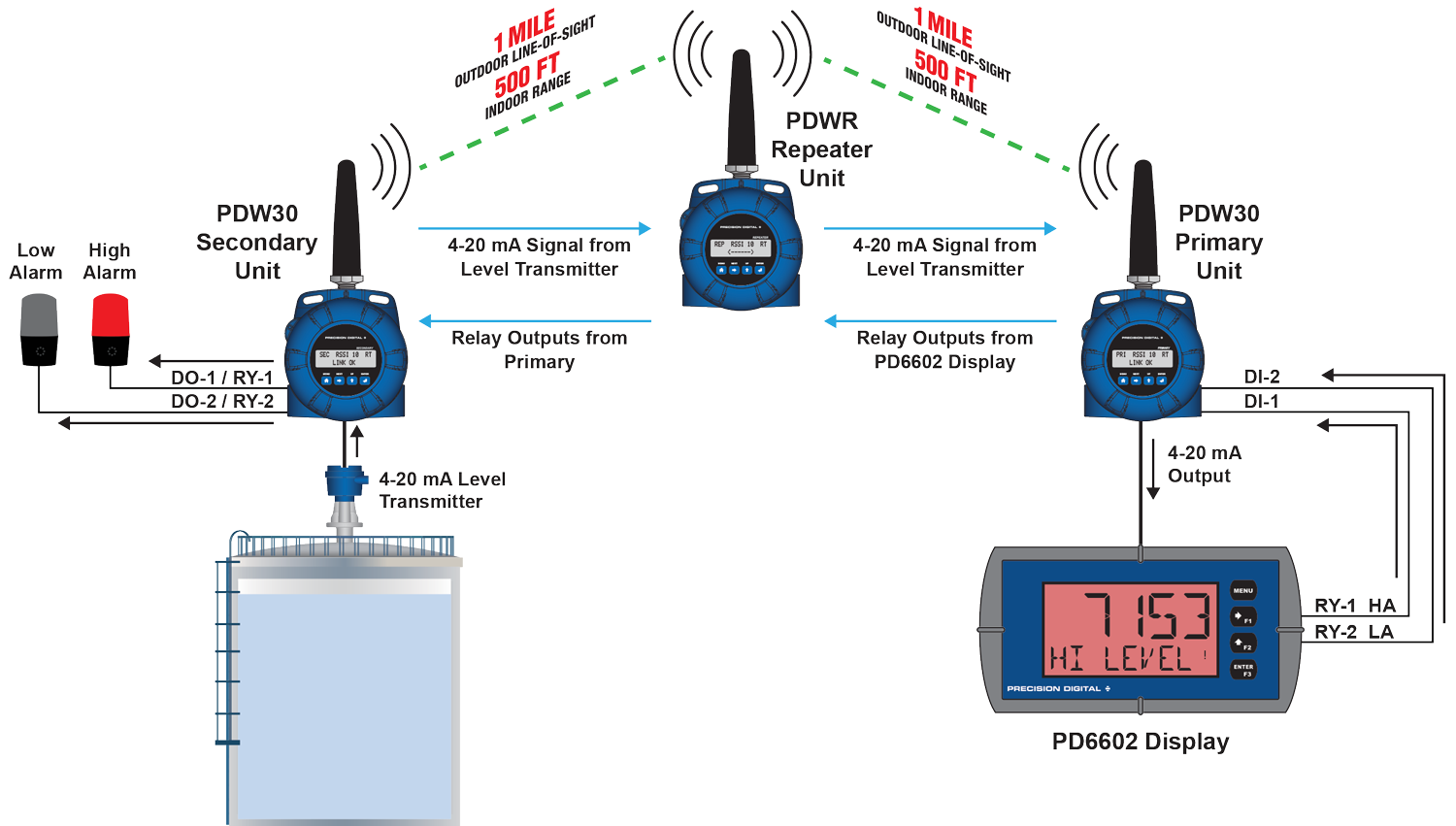
Note: Power requirements / connections not shown in diagram. Consult manuals for details.
- The 4-20 mA level transmitter is connected to the analog input of the secondary unit.
- The mA signal is transmitted to the repeater unit and then retransmitted to the primary unit.
- The primary unit's analog output is connected to a PD6602 loop-powered meter, which displays the 4-20 mA signal as volume in gallons.
- The PD6602 is programmed to indicate an alarm condition when the level exceeds 7000 gallons as displayed on the meter.
- Relay 1 on the meter connects to digital input 1 of the primary unit and transmits the signal to the secondary unit via the repeater unit.
- The low and high alarm light / horns in the field are driven as follows:
◦ Relay 1 (RY-1) in the PD6602 display is connected to digital input 1 (DI-1) on the primary unit. This signal is wirelessly transmitted to the secondary unit via the PDWR repeater. (On the secondary unit) digital output 1 (DO-1) controls relay 1 (RY-1), which turns on the high alarm light / horn, warning the operator.
◦ Relay 2 (RY-2) in the PD6602 display is connected to digital input 2 (DI-2) on the primary unit. This signal is wirelessly transmitted to the secondary unit via the PDWR repeater. (On the secondary unit) digital output 2 (DO-2) controls relay 2 (RY-2), which turns on the low alarm light / horn, warning the operator.

• The Modbus Client must be connected to the primary RS-485.
Parts Needed for This System:
PDW30
| Model Number | Qty | Description |
|---|---|---|
| PDW30-GP-AL-PAIR | 1 | PDW30 Point-to-Point Wireless Bridge (Primary and Secondary Units), Aluminum Enclosure |
| PDWR-GP-AL-REP | 1 | PDWR Repeater to Extend Wireless Distance, Aluminum Enclosure |
| PDWM-2RY | 1 | Relays Option Module, Two Form A (SPST) |
Other Parts
| Model Number | Qty | Description |
|---|---|---|
| PDA-LHR | 2 | Red Light / Horn |
| PD6602-L2N | 1 | 1/8 DIN Loop-Powered Digital Panel Meter with Two Relays |

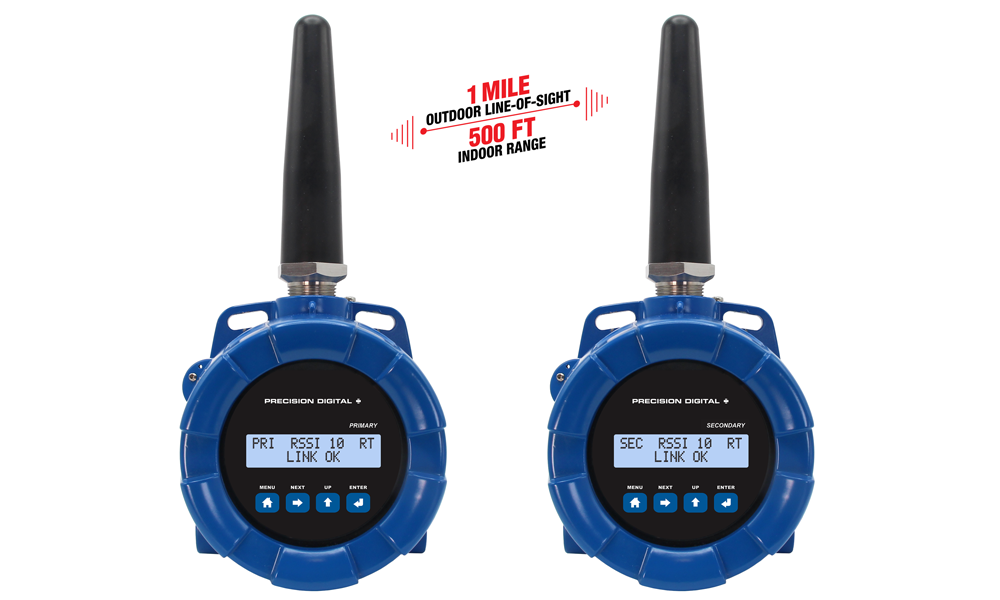
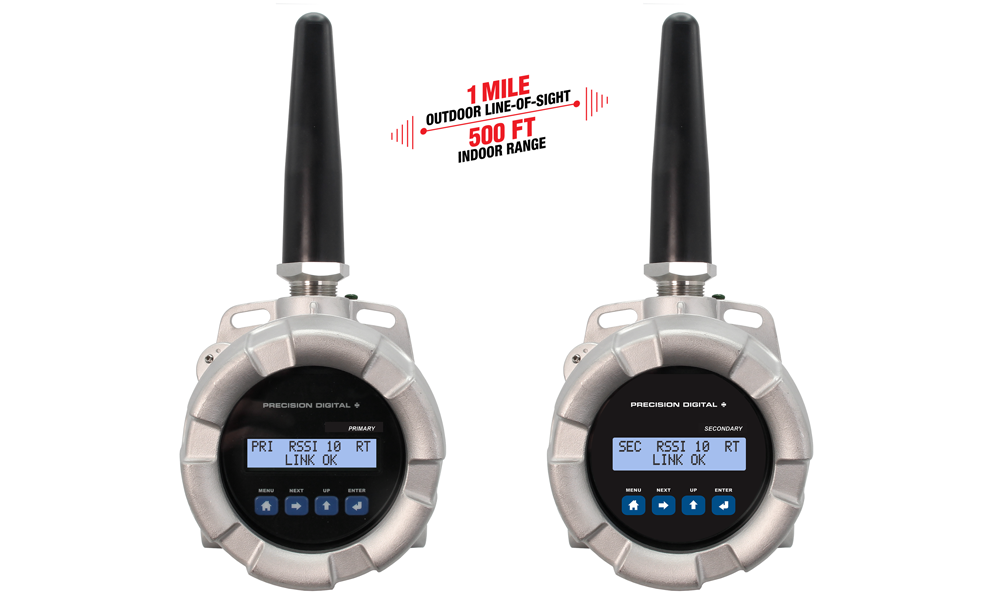

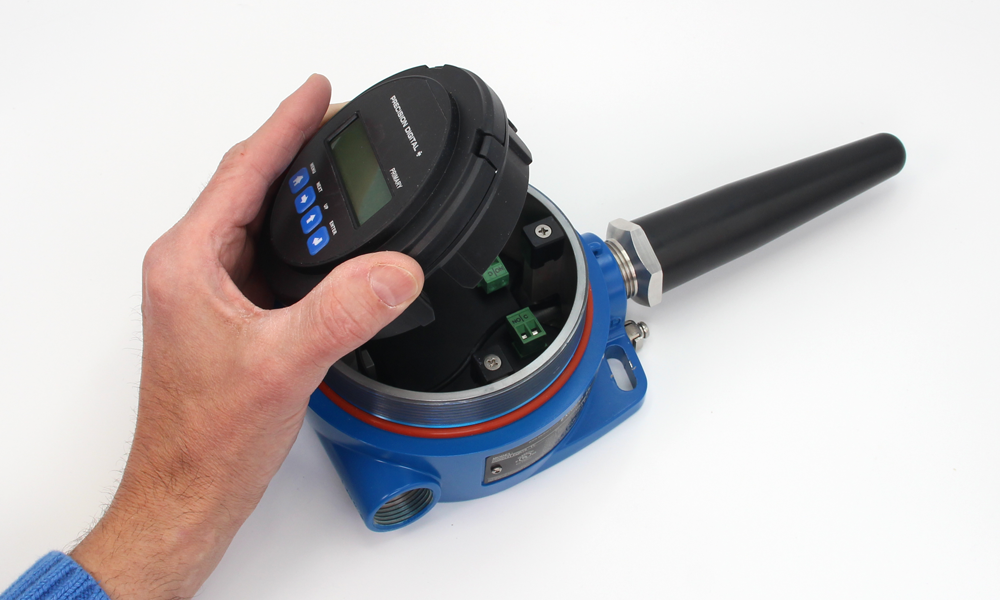
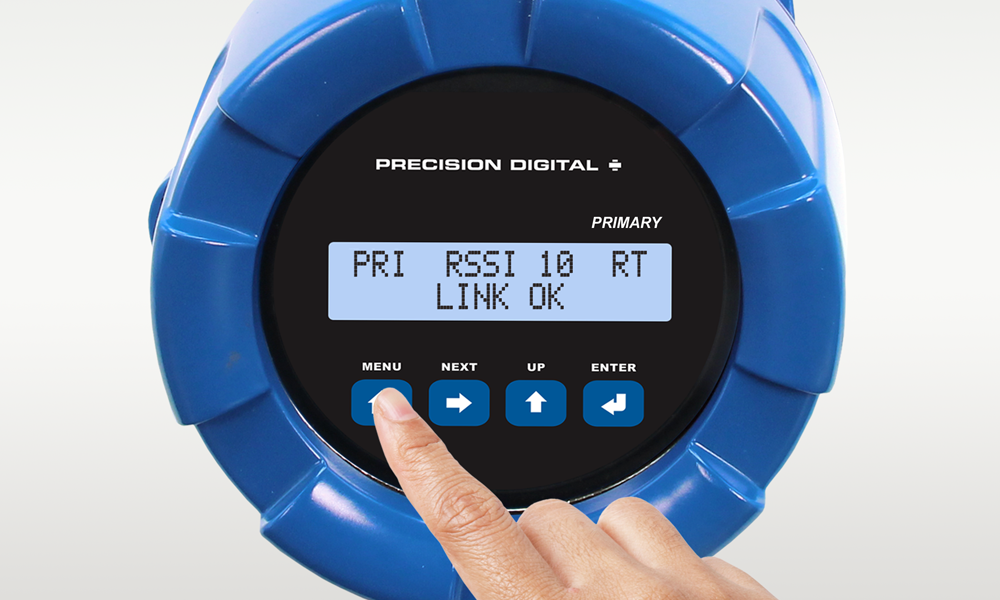
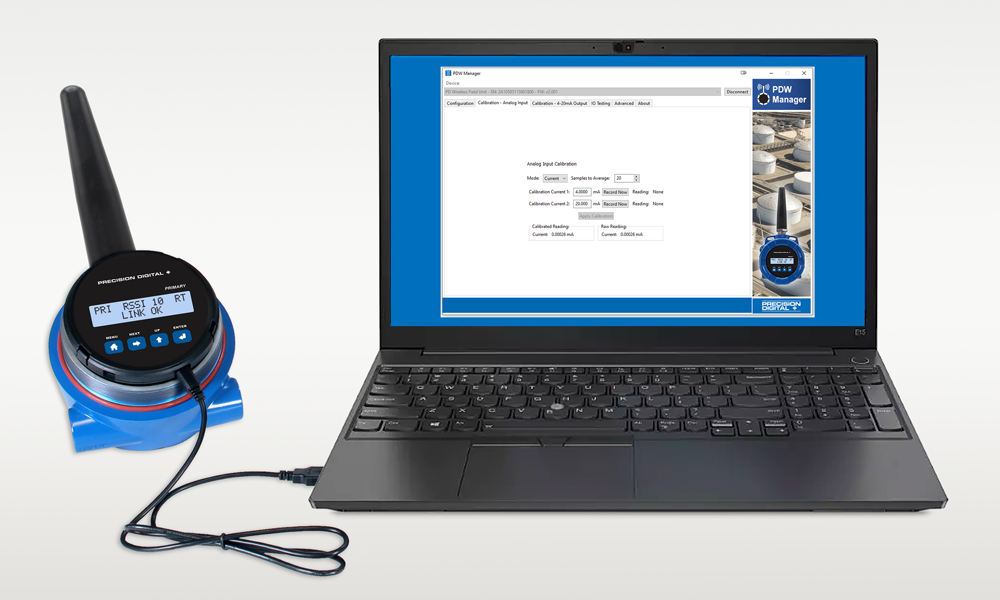

 I/O Operation Configured with PDW Manager
I/O Operation Configured with PDW Manager

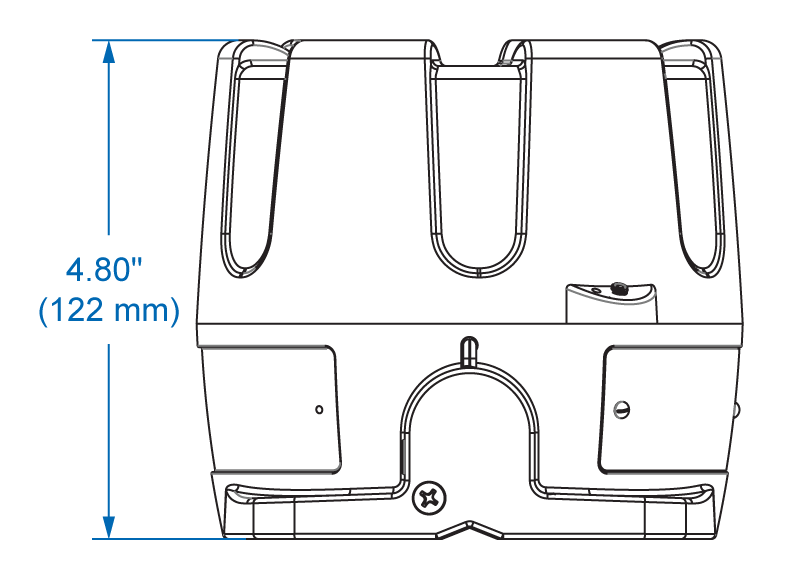 Enclosure Dimensions - Top View
Enclosure Dimensions - Top View Enclosure Dimensions - Side View
Enclosure Dimensions - Side View


